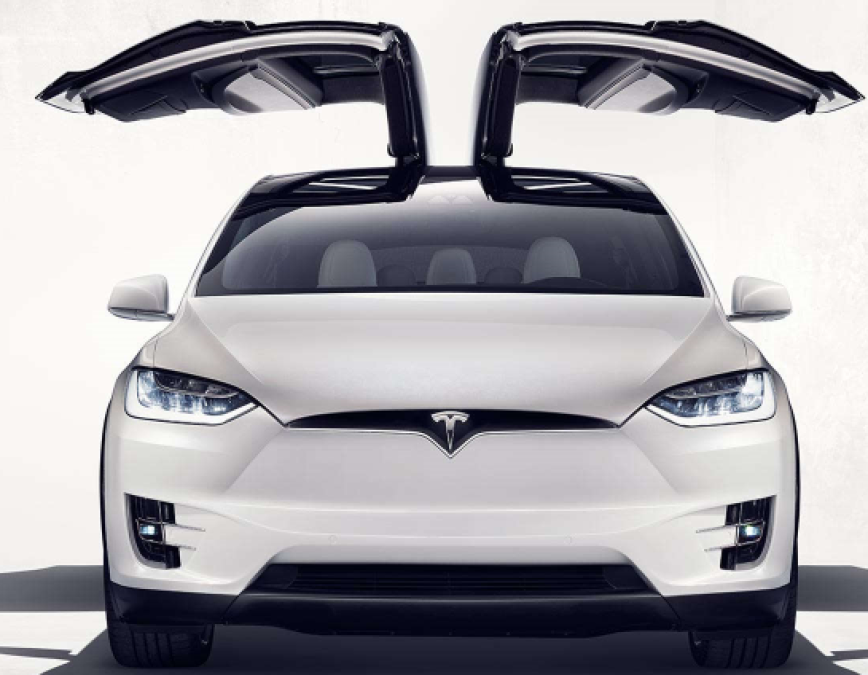Each year Consumer Reports publishes its reliability survey results. The data that Consumer Reports tabulates comes from owners of the vehicles it reports on. The group does road-test cars and report on the results, but the reliability data is taken from private owners. This year, the news that Toyota and Lexus top the list of most reliable cars was predictable, buy Tesla’s news was a bit of a surprise. According to Consumer Reports, the Tesla Model X is one of the ten least reliable cars in America.
Consumer Reports says in the reliability summary for the Model X that reported trouble spots include “Falcon-wing doors, locks, and latches, power equipment, in-car electronics, climate system.” We looked deeper and viewed the full details contained in Consumer Reports subscription-only (or purchased at a newsstand) report and found some interesting twists in this story. First, despite the “Poor” reliability rating for 2016 models and “Much Worse Than Average” rating of the 2017 model year Model X vehicles, owners LOVE it. The Consumer Reports Customer Satisfaction Rating is Excellent.
The Model X also earns scores of Excellent for most its reliability areas as well. This makes us wonder how it got on this list of losers. The problems it does have must be widespread and significant.
The other cars on the list of 10 Least Reliable list include the Chrysler 200 (now discontinued), Ford Fiesta and Fiat 500X. Tesla’s Model S, now in a new generation and on the market since 2012, has risen to be scored average. It is now a Recommended pick by Consumer Reports. Finally, the price tag we used in our title is that which Consumer Reports actually paid for their fully-equipped Model X P90D.
If you subscribe to Consumer Reports, you will enjoy the Model X video update of the on-going testing Consumer Reports has underway. The group sings the praises of the Model X concerning power and handling but points out some major design flaws that limit the vehicle's usefulness as a crossover. For example, no roof rack storage for bikes or kayaks due to the gull-wing doors and how does one charge a crossover at a public charging spot while towing a trailer?
Related: How Will Tesla Build 400K Model 3s If It Can't Build 1K Model Xs per month?





